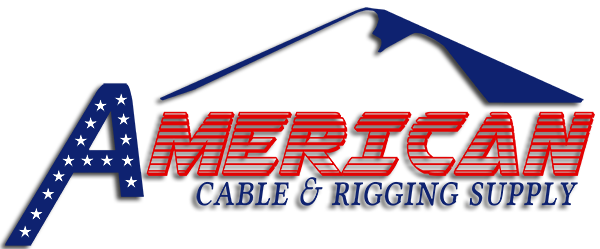
Safety At The Workplace: From Chain Slings To Cable Rails
As much as American employers have made important steps towards better conditions for their workers and making the workplace safer, there are still lots of concerns regarding hazardous work environments. In 1971, OSHA published its fall protection measures, meant for general industry regulations. These regulations forced specific requirements into the workplace, and if observed perfectly, they usually greatly cut down on the risk of injury at work. Of course, while actions at the workplace often have the greatest impact on employee safety, the specific products used by employees can also have a significant impact on injury risks. Combined with the improper observation of regulations, subpar equipment is perhaps one of the greatest contributors to the risk of injury. With that being said, let’s take a deeper look into safety at the workplace, and how everything from the use of chain slings versus other types of lifting slings to the types of guard rails implemented can strengthen or weaken employees’ safety.
OSHA Regulations: How Important Are They?
OSHA was established in 1970, and its primary purpose is to keep workers safe and healthy. While everyone is expected to follow OSHA regulations, some employers neglect them, whether on purpose or by pure accident. No matter the reason, it is important for employees to report unsafe working environments. Even if you aren’t worried about your individual safety, other employees may be at risk. On that same note, you as an employee are expected to follow OSHA regulations. Even the seemingly minor regulations can have a major impact on workers’ safety. For example, guardrail openings being specifically required to not be wider than 19 inches and taller than 42 inches may seem arbitrary, but OSHA has performed specific tests to determine these requirements. For that matter, if you don’t follow OSHA regulations, you may very well be at risk of losing your job. Of course, the equipment you use, particularly when it comes to cable and rigging supplies, can also affect safety standards at work.
Lifting Slings: What Should You Use?
There are a number of different types of lifting mechanisms that you may have encountered at the workplace. However, chain slings offer a number of different advantages, not least of all the fact that they are often the safest to use. Chain slings are reliable, and can be used to lift incredibly heavy objects without breaking. The makeup of chain slings allows them to remain relatively flexible, and their makeup means that they can withstand an incredible amount of heat. A major risk that comes with lifting heavy objects is the sling itself breaking — which can injure or kill any employees in the vicinity. However, a chain sling allows workers to do what they need to do without the risk of the sling itself buckling under the pressure.
Cable Rail Fittings: Monitoring Them For Safety
Cable rails are standard in many workplaces. These railings are flexible, and often valued due to the fact that they can easily be seen through, and do not obstruct views. However, if not properly fitted these railings can produce hazardous conditions. Due to the force applied to the end posts of the railings, they must be made with very rigid frames. Furthermore, the cables themselves must have a great deal of tension, but not without giving up their flexibility. Any sort of slack in the cables, or instability in the frames, should be immediately reported and mended. Otherwise, they could give out and result in injury or even death.
Ultimately, you must hold yourself responsible for reporting any issues at your workplace — whether they’re in the construction of railings, the types of slings used to lift heavy objects, or more. It doesn’t particularly matter what the problem is; it simply must be reported. Keep in mind that thanks to OSHA, you’ll haven regulation expectations on your side. Safety first isn’t just a rule for kids to follow. You should take it seriously as well.
